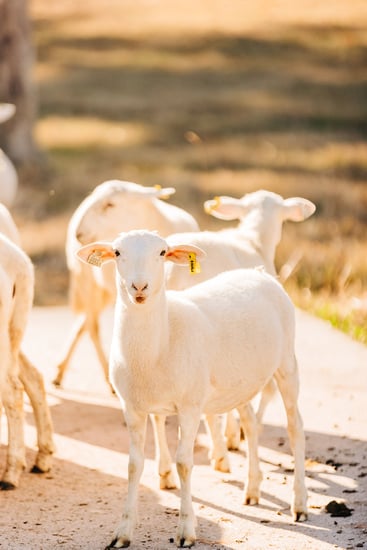Tusker Installation Guides
We offer installation guides and exploded parts views for almost all of our products. Access all our downloadable resources below.
Installation Considerations
Before you start installing, check out our installation considerations so you can make the most of your Tusker waterer.
Choose a Good Location
The location of your waterer is important. While easy access for livestock should always be considered, protection from wind and snow is equally important to reduce energy costs, particularly on the electrical units, and help to prevent freezing.
Provide a Stable Base
A concrete pad for the waterer to sit on will assist with drainage and prevent a mud hole from forming. The base of the waterer should be caulked or weather-stripped to the concrete pad to reduce wind penetration.
Hire a Qualified Electrician
If you are installing an electrical unit, be sure to have the installation completed by a qualified electrician and according to all applicable electrical codes for your area. A properly grounded receptacle outlet, acceptable for outdoor use and protected from rain and snow, is required for electric units.
Provide a Water Supply Line
A water supply line should be run below the ground frost line and up to the waterer location through a 12" diameter tube.
Keep the Water Moving
A minimum number of animals drinking from the waterer will keep the water moving and will also assist in the prevention of freezing. Regular maintenance and cleaning of the water tank ensures livestock are receiving clean water and helps to prevent freezing.

Installation Guides
Have additional questions?
Have additional questions about our livestock waterers? Check out our Frequently Asked Questions page.